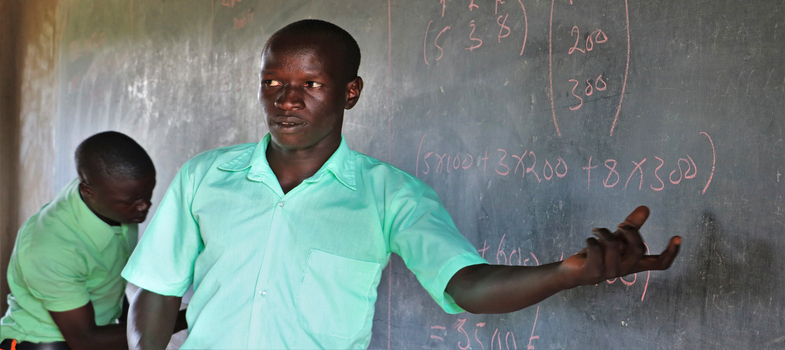Storytelling
People like hearing stories, putting themselves in the place of characters and telling and re-telling stories. Stories are helpful to convey society’s culture, values and history in form of legends, fables, myths and real life experiences. Storytelling is used to present or demonstrate processes, introduce ideas, challenge learners or illustrate abstract concepts such as life, honour, wisdom and courage.
Photo stories can give more body to a story as one image can tell more than thousand words. Storytelling promotes creativity and critical thinking as well as confidence, fluency in speech, listening, reading and writing skills. It develops imaginative skills and inquiring minds and provides opportunities to transfer learning, deepen understanding of concepts and retain information. By capturing the attention and interest of the learners, storytelling boosts the teacher-learner relationship and makes the instructional process lively and interesting.
Execution
- Identify ideas.
- Design a scenario or a plan.
- Collect data and resources: text, images, music, actors, voices, equipment etc.
- Develop and rehearse the story.
- Prepare for sharing: presentation, publication etc.
Tips
- Select a story relevant to the concept(s) to be learnt.
- Apply appropriate gestures, facial expressions, posture, movement, tone of voice and pace.
- Keep the story short and lively.
- Design relevant questions about the story to check the learners’ understanding.
- Provide a conducive environment for the presentation and to enable sharing of ideas.
Techniques/ Simulation Techniques/ Drill
